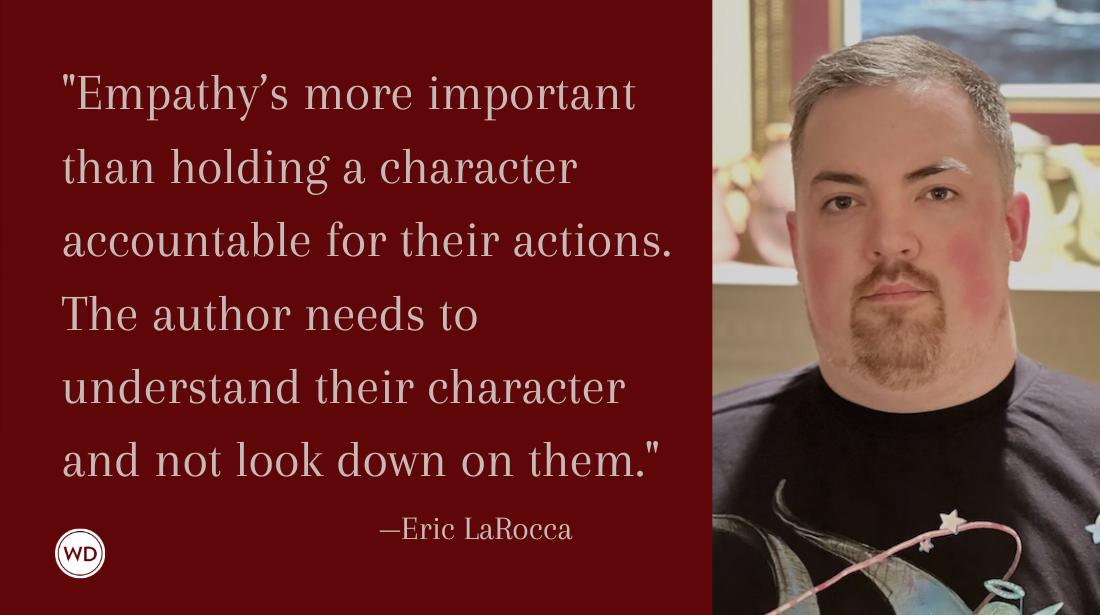Lest We Forget These Brave Women: On Choosing Characters for Historical Fiction
Bestselling author Natasha Lester (The Paris Orphan and The Riviera House) shares stories about a few of the women she’s written about in her historical fiction to help writers appreciate these women and choose interesting characters for their own historical fiction.
In all my historical novels, I’m driven to highlight incredible women who’ve been tragically forgotten by history. I want readers to know, admire, and be inspired by them. They deserve that.
Many of the women I write about worked in theaters of war alongside men who have been remembered by history because war was always thought of as a man’s business. But it was the business of these women too.
The Art Spy
Take Rose Valland, one of the main characters in my latest book, The Riviera House. To introduce you to Rose’s heroism, it’s important to know that during WWII the Nazis systematically stole almost every private collection of artwork belonging to Jewish families in Occupied France, some 20,000 pieces in total. The thieved artworks included paintings such as Vermeer’s Astronomer, owned by Édouard de Rothschild and now hanging in the Louvre in Paris, as well as pieces by Van Gogh, Rodin, Picasso, and other celebrated artists.
Rose Valland secretly recorded all the details of the Nazis’ plundering. She wrote down in hidden notebooks the names of the stolen artworks, who they were stolen from, where they were sent—and thus saved countless pieces. She kept to herself, staying quiet and demure to remain above any suspicion, an almost invisible caretaker of the Jeu de Paume museum in Paris where the Nazis stored their spoils. She pretended she couldn’t understand German when in truth, she eavesdropped on all their conversations.
Without Rose’s heroic efforts, it’s certain that tens of thousands of priceless artworks would not have been restored to their rightful owners after the war. She helped to protect and preserve the cultural heritage of a nation, despite knowing that if she were caught, she would most likely be killed. Indeed, Colonel von Behr, the man Rose was forced to work for, once threatened to take her to the border and eliminate her. She kept spying, regardless.
But who has heard of Rose Valland? Who, when standing in front of Vermeer’s Astronomer at the Louvre, knows what she risked to save that painting? With the book and movie The Monuments Men, many people got to know the men who rescued some of the stolen paintings. But those men would not have known where to look without the incredibly brave and detailed work of Rose Valland.
My hope is that, in writing The Riviera House, more people will be able to say: I know her. I admire her. I am inspired by her. Her legacy lives on.
IndieBound | Bookshop | Amazon
[WD uses affiliate links.]
The True Dior Hero
But Rose is hardly the only unsung heroine of war. Ask anyone to name a famous fashion designer, and doubtless Christian Dior will be one of the first to come to mind. But Christian’s sister Catherine was by far the more courageous of the Dior siblings.
She worked for the French Resistance during WWII, gathering information about the Nazis and passing that intelligence back to the British. Her work was so important that, after the war, she was awarded the Croix de guerre and the Légion d’honneur by the French, and the King’s Medal for Courage in the Cause of Freedom by the British. In 1944, she was captured by the Nazis and sent on the last train to Ravensbrück Concentration Camp just days before Paris was liberated.
She survived torture, starvation, and forced labor, and escaped from the camp in 1945, emaciated, ill, and barely alive. She made her way back to Paris, recovered her health and never spoke of her wartime experiences again, eventually becoming the first female flower seller to be licensed to sell her blooms in the Les Halles market.
She almost lost her life in the fight for freedom and yet the Dior sibling we remember is the one who once made beautiful dresses. That’s why I wrote about Catherine in The Paris Secret. I knew she was a true heroine, one my readers would be inspired by.
The Woman in Hitler’s Bathtub
Finally, let’s talk about Lee Miller. Lee was one of only two female photojournalists working in Europe during WWII. For Vogue, she documented the tireless work of the nurses, she took pictures of the women left behind in the rubble of destroyed cities, and she was one of the few women to witness the liberation of Buchenwald and Dachau concentration camps, sending the images to her editor at Vogue along with a note imploring her to believe that the horrors she had photographed were true.
Hours after leaving Dachau, Lee Miller entered the city of Munich and took a bath in Adolf Hitler’s tub. She left her boots, which were caked with the fifth of Dachau, on his fluffy white bathmat, letting the dirt and grime of the concentration camp leach all over his pristine bathroom, an act photographed for posterity by her jeep partner.
Despite having put herself in danger to record a relatively undocumented side of the war, the only job Lee could find afterward was taking pictures of socialites in Saint Moritz and writing recipes for Vogue. When she died, even her son didn’t know what his mother had done during the war. History had completely forgotten her. Creating a character inspired by Lee Miller in my book The Paris Orphan was my way of paying homage to Lee’s incredible photography, her contribution to wartime reporting and of saying that she—like Rose Valland and Catherine Dior—deserves to be remembered by everyone.
*****
Whether history is a backdrop to your story or the focus of the story itself, this workshop will provide you with the tools to find the facts you need, organize the data in a functional manner, and merge that data seamlessly into your novel. You'll discover the appropriate level of historical data to include as a function of a particular writing goal, learn the definition of historical markers and how and where to unearth them, and uncover the tools to integrate history, research, and the fiction plot arc.
Natasha Lester worked as a marketing executive for L'Oreal before penning the New York Times and internationally bestselling novel The Paris Orphan. She is also the author of the USA Today bestseller The Paris Seamstress and The Paris Secret. When she's not writing, she loves collecting vintage fashion, traveling, reading, practicing yoga and playing with her three children. Natasha lives in Perth, Western Australia.








